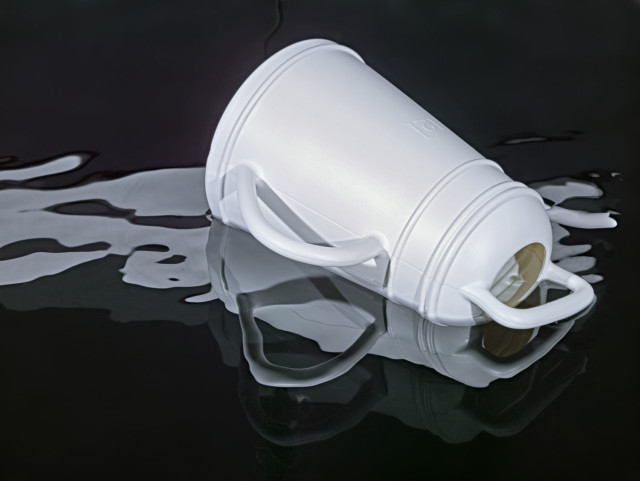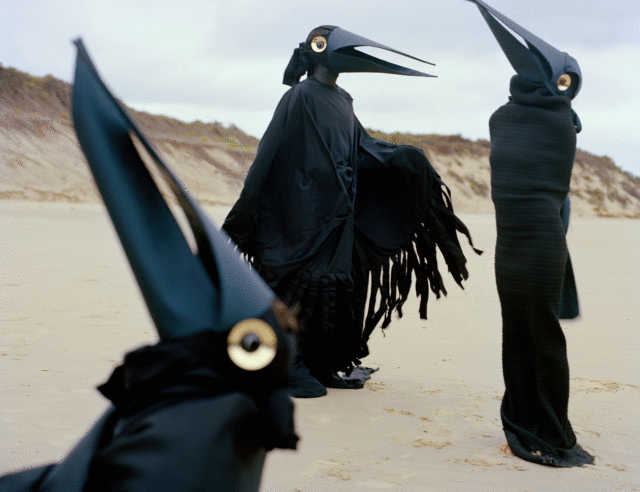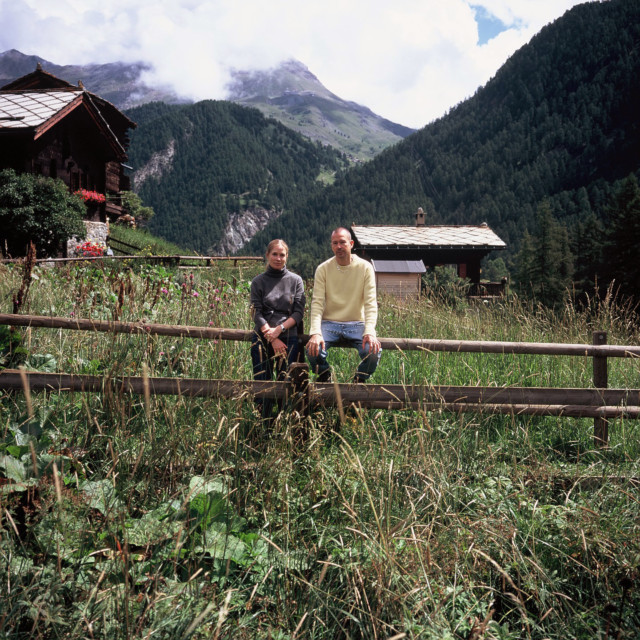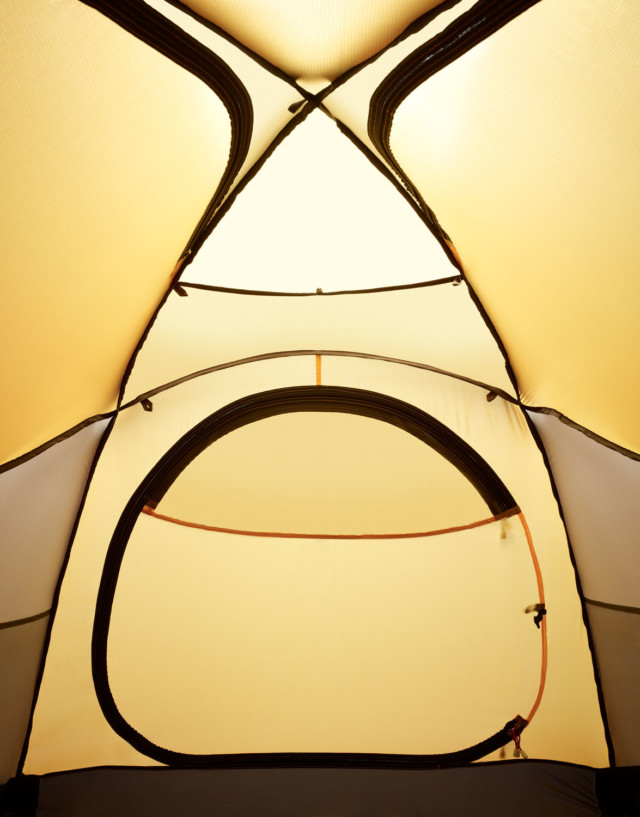
Sleeping in a tent is about as close as it gets to sleeping in nature while staying protected from the elements. You hear the wind but you're sheltered from it; you smell the rain but you don't get wet; you see the sun as it rises around but you're never fully exposed to it. Tents offer that wonderfully liberating feeling of living in wilderness —of witnessing nature's drama unfold form the comfort of your tightly zipped abode. Compact enough to be tucked away in a backpack or in the smallest of car boots, they are the epitome of a nomadic lifestyle in which you can go where the wind and wanderlust takes you. Come on in —just remember to zip up behind you.
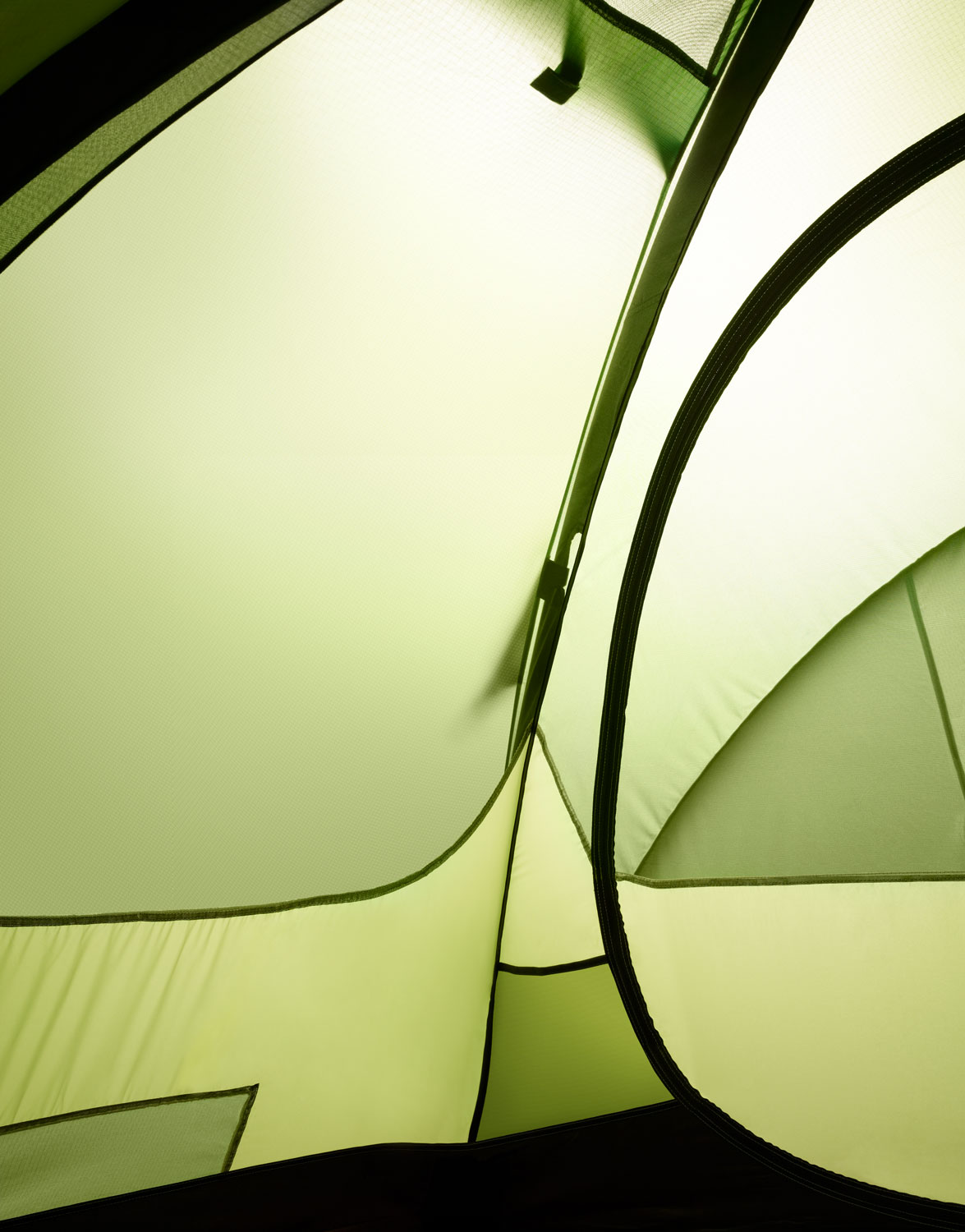
COLOUR
Tents come in all shades under the rainbow and while the choice of colour might seem like a personal preference, it actually has some functional purposes too. If you're pitching up in a cold country and want to keep your tent as warm as possible, it's best to go for black as it absorbs light and heat. Bright colours, on the other hand, are ideal for warmer climates.
Carl Denig, Juniper 2
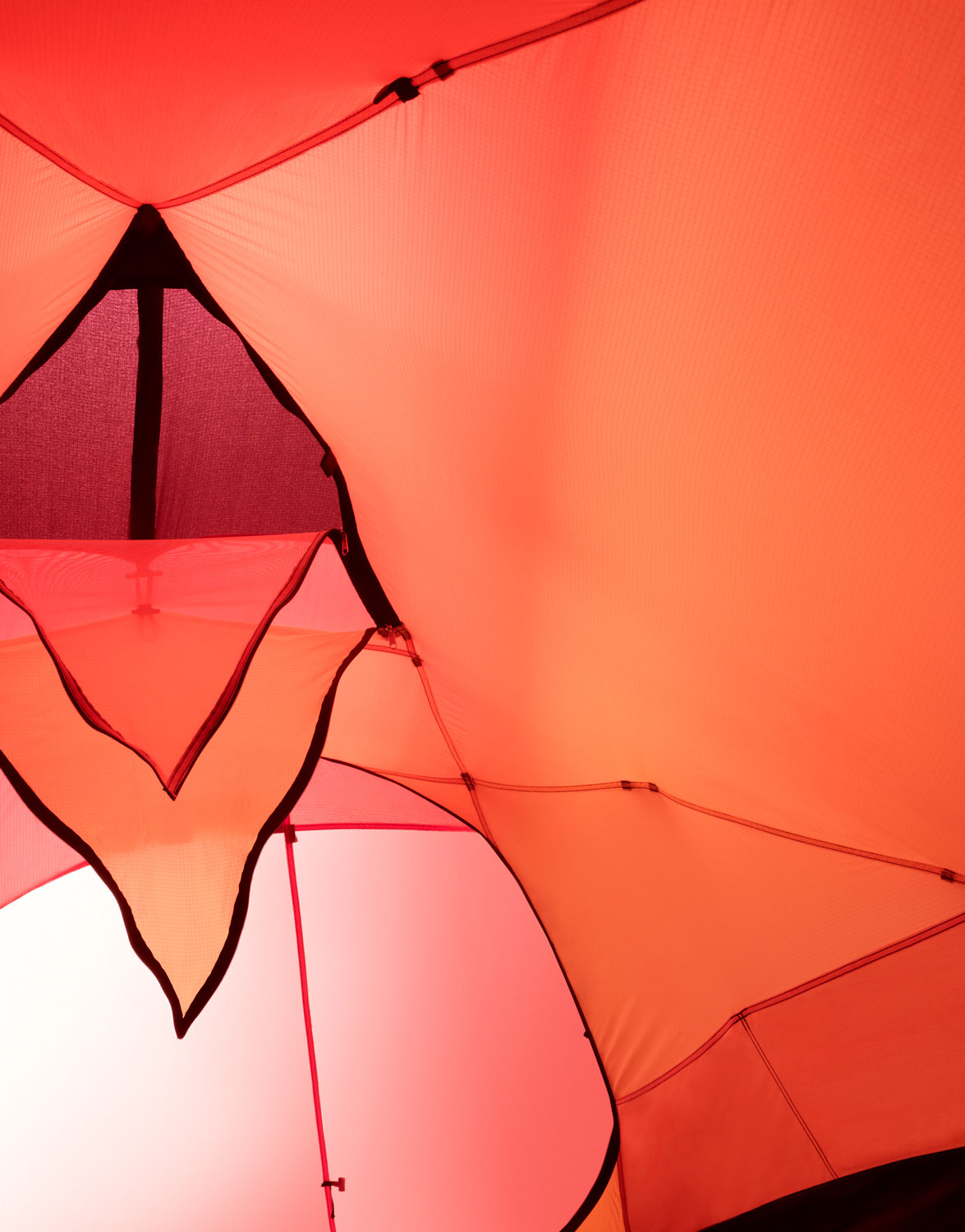
ZIPS
A broken zip can make the best of tents redundant, leaving you exposed to the wind, rain or cold. That's why it's important to take good care of your tent's closures by keeping them free from dirt and regularly cleaning them with a brush or a damp cloth. Don't forget to dry the zips well to prevent them from rusting.
Karsten Tenten, Basic tent
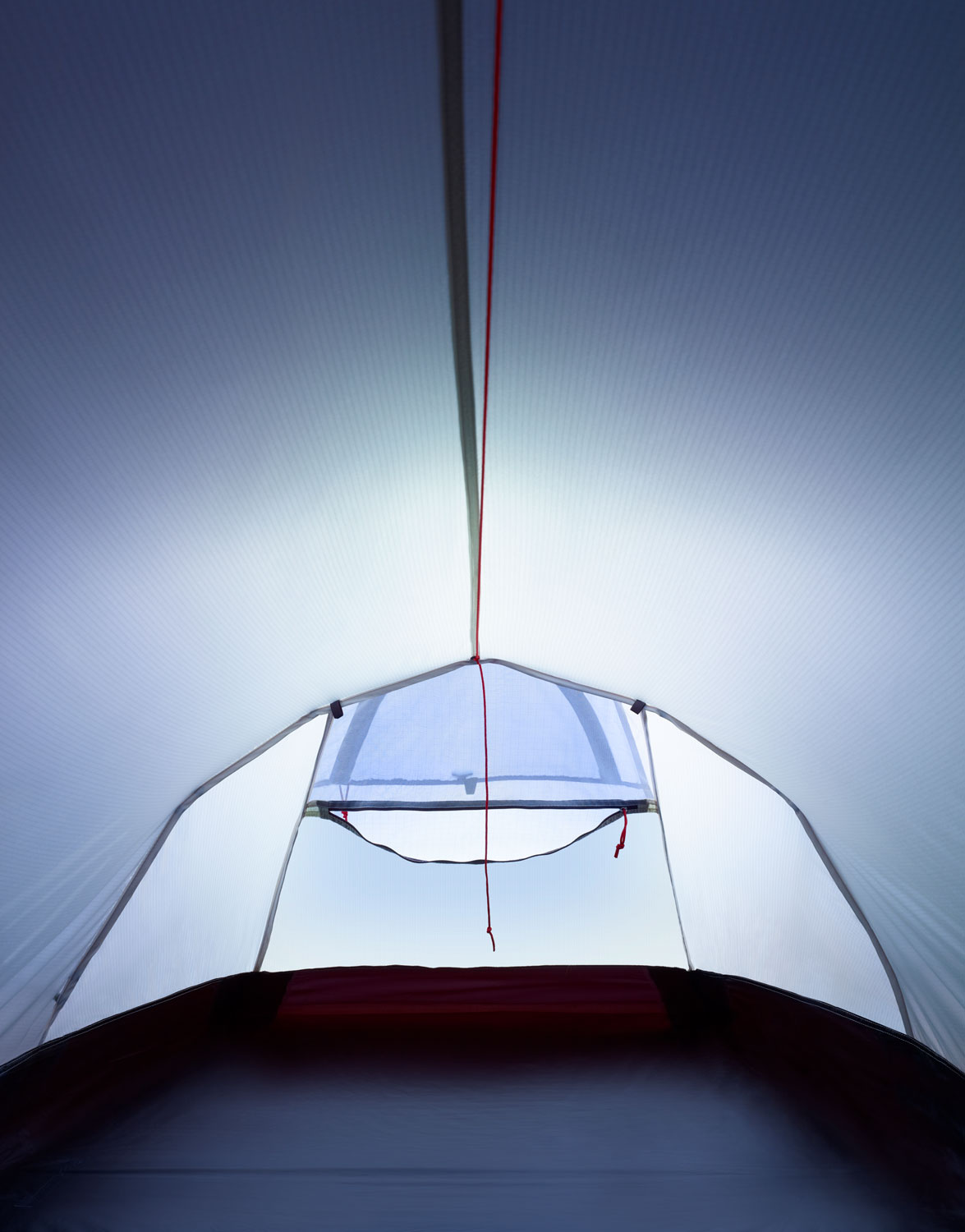
MATERIAL
The world's first tents were made from the likes of leather, linen and hemp canvas. Today, however, synthetic fabrics such as nylon and polyester are more commonly used because they don't absorb much water and stay light even when wet. If you prefer a tent made from natural cotton canvas, make sure to choose one that has been treated with paraffin for waterproofness.
Fjällräven, Abisko Lite 2
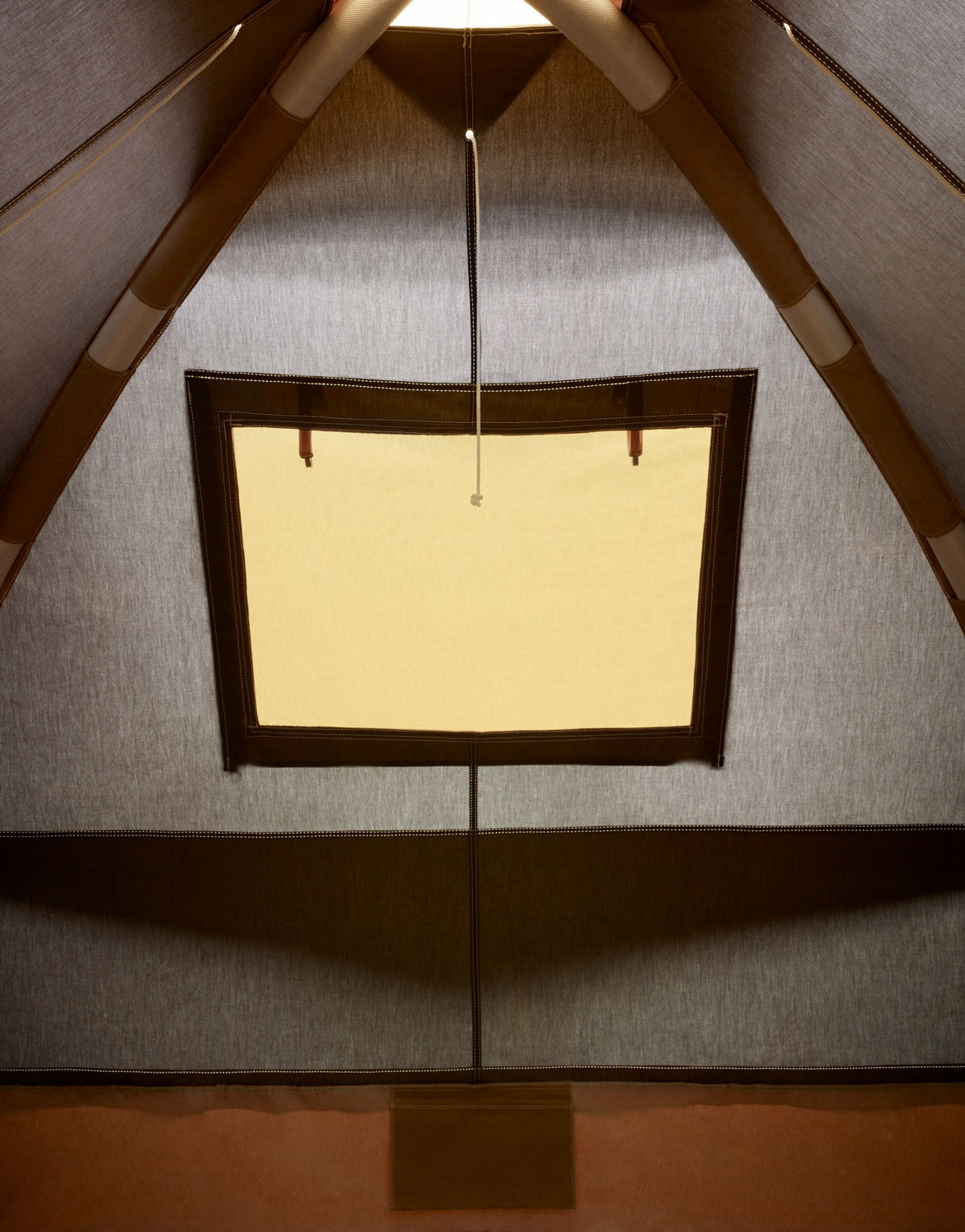
WATER RESISTANCE
No tent is one hundred percent waterproof, but thanks to silicone or polyurethane coatings, you will most likely stay dry, even when it's raining cats and dogs outside. One of the biggest challenges for tentmakers is to ensure the tiny holes around the stitching are perfectly sealed. Look out for carefully sewn or taped seams, which should do the trick.
Hilleberg, Nallo 2
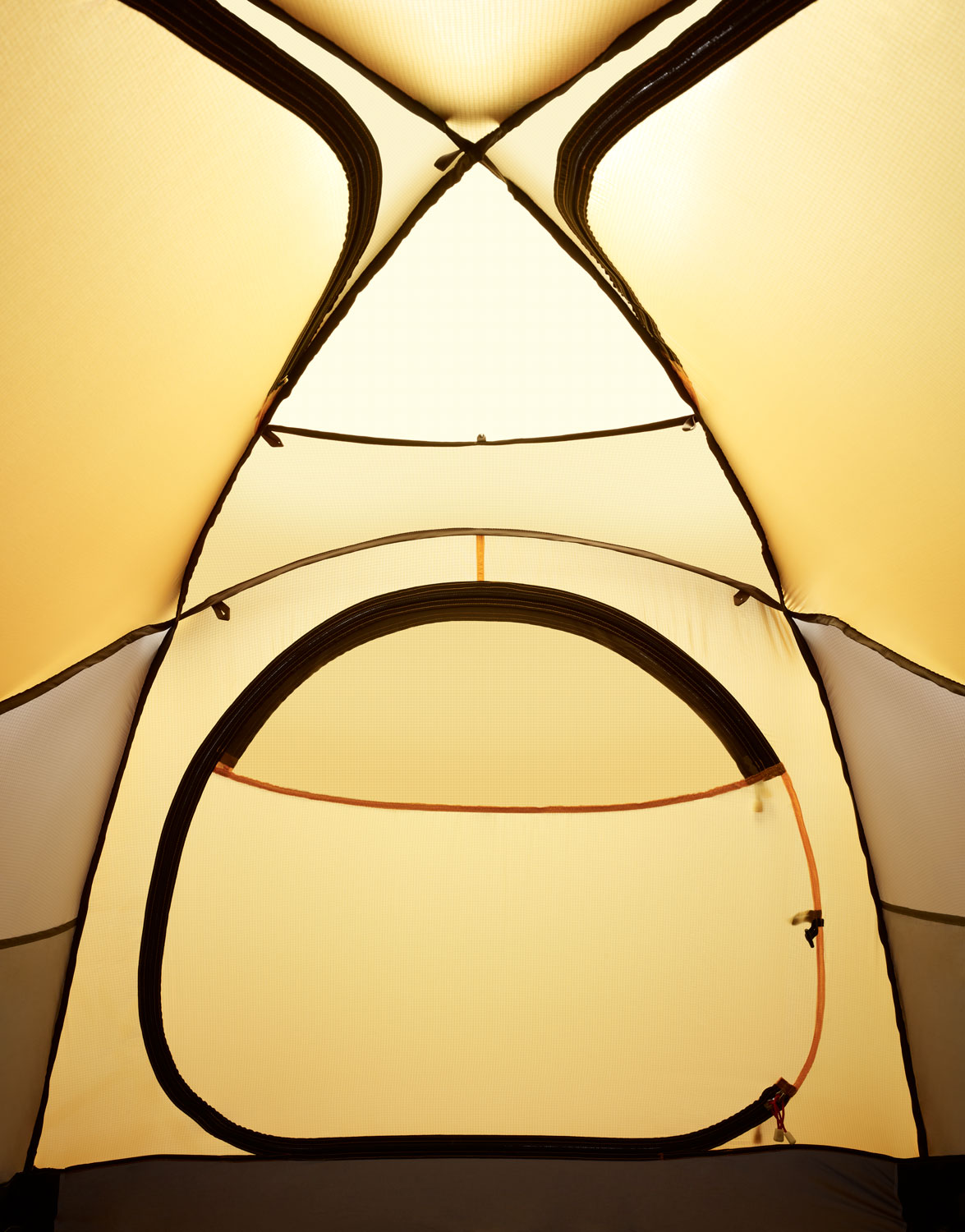
INSIDE POKETS
Most tents come with a couple of handy interior pockets, which allow you to store all your valuables in one place and keep things organised. Often, there's also a loop in the ceiling for hanging a torch or lantern. Like that you no longer have to search around in the dark for your phone —plus you can read your book before you go to sleep.
The North Face, Mountain 25 Summit Series
